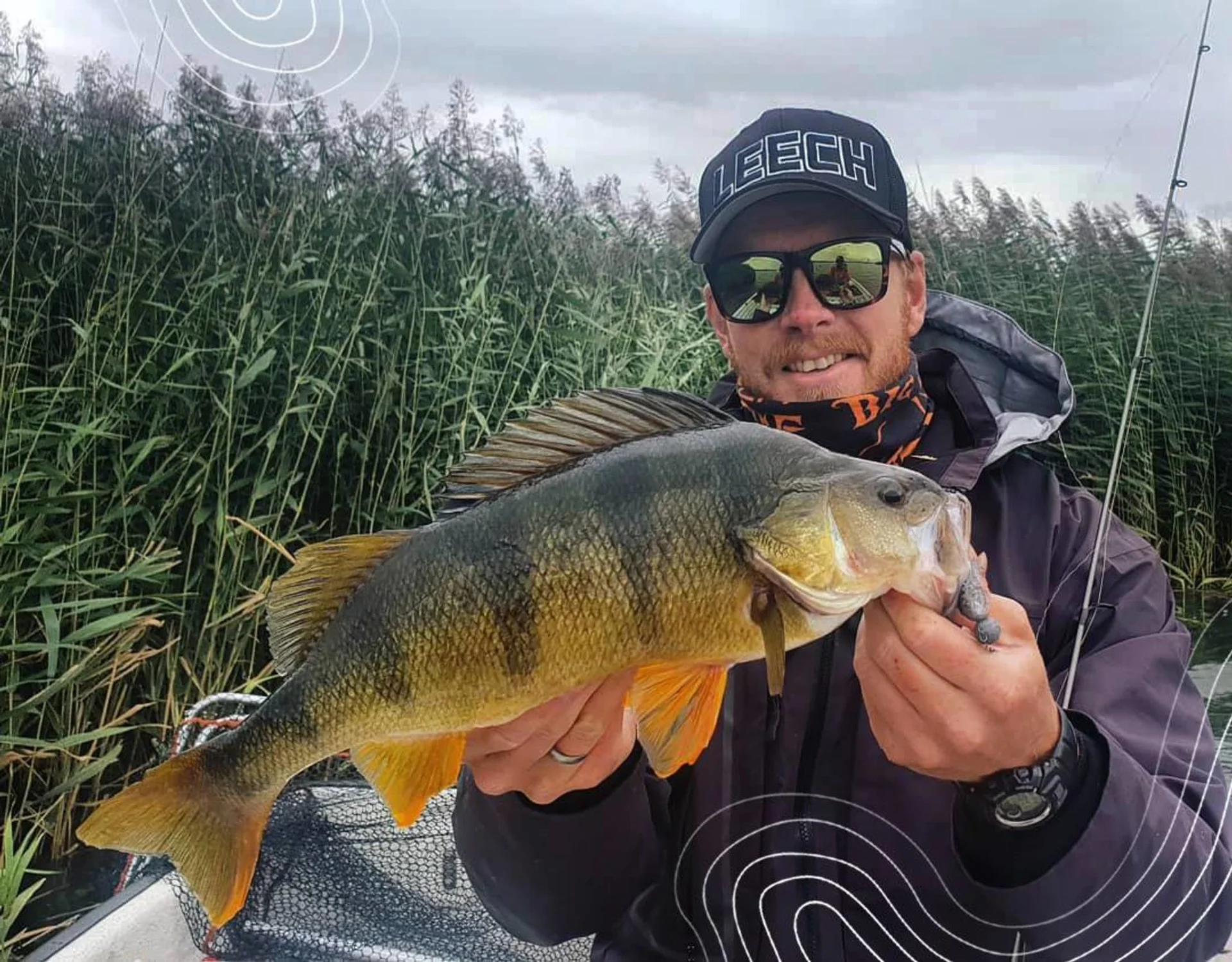Fall Grass Abundance

With algae, aquatic insects and all the stuff forage fish like to eat, a grass bed can be a one-stop deal for tremendous fall action.
Autumn is a time of change, with cooling temperatures, shortening days and leaves taking on a brilliant array of colors. This is also a season of intensified bass feeding in which many of the fish move into the creeks and pockets to feed on migrating shad.
Note that we said “many” — not “all.”
Fact is, lakes that retain significant grass beds into fall often see a significant number of bass forgoing the creek migration in favor of this main lake buffet.
Signs of Life: Plaind simple, forage is the key, so pay attention to where you’re finding the greatest availability of bass food an. Schools of threadfin and/or gizzard shad running the edges is pretty basic, but also look for crawfish crawling amid the grass bed’s outer edges.
Another biggie is bream. Bass looking to fill their bellies ahead of winter’s approach can pack in a lot of calories with those chunky panfish. You won’t always see the bream, but you’ll hear them feeding. When bream find an area of the mat that’s thick with aquatic insects — particularly where the yellowish algae called “cheese” coats the grass — a chorus of smacks, pops and slurps signals a major feeding zone.
Suffice it to say that a bream distracted by its own feeding pursuits makes a vulnerable target for opportunistic bass.
Key Spots: Same as a terrestrial shoreline, the contour of a grass bed will offer points, cuts and indentations. It’s not that you can’t get bit along the straight edges, but bass always relate to something different, as it offers ambush feeding opportunities.
Add the occasional stump, log or storm-blown laydown to the mix and this secondary cover merits extra attention. Similarly, holes and gaps in the grass typically signal some type of submerged structure or bottom change, which halts the grass growth. Bass use such spots as feeding windows, so work the edges during sunny times and bring baits across the open water of the middle during dim conditions.
Wind Is Your Friend: As long as conditions don’t become too rough for effective presentations, wind can benefit your strategy by positioning fish. The windward side, marked by foamy edges, tends to be the more active zone for bass picking off blown-in bait. But after a couple of windy days, don’t be surprised to find the fish relocating to the leeward side.
Perimeter Potential: Similar to the wind concern, too much fishing pressure might cause the bass to loosen their relation to the grass bed and actually hold on isolated patches on the bed’s perimeter.
Best Baits: A mix of moving baits and targeted offerings will keep you in the game during the fall feeding. Start by peppering the perimeter with moving baits like bladed jigs, buzzbaits and lipless or squarebill crankbaits (bolstered with Mustad’s KVD Triple Grip treble hooks); then hit the top of the grass with a walking frog. Keep a jig or a Texas-rigged creature bait with heavy weight handy for probing especially sweet looking areas or following up on a missed reaction bite.
